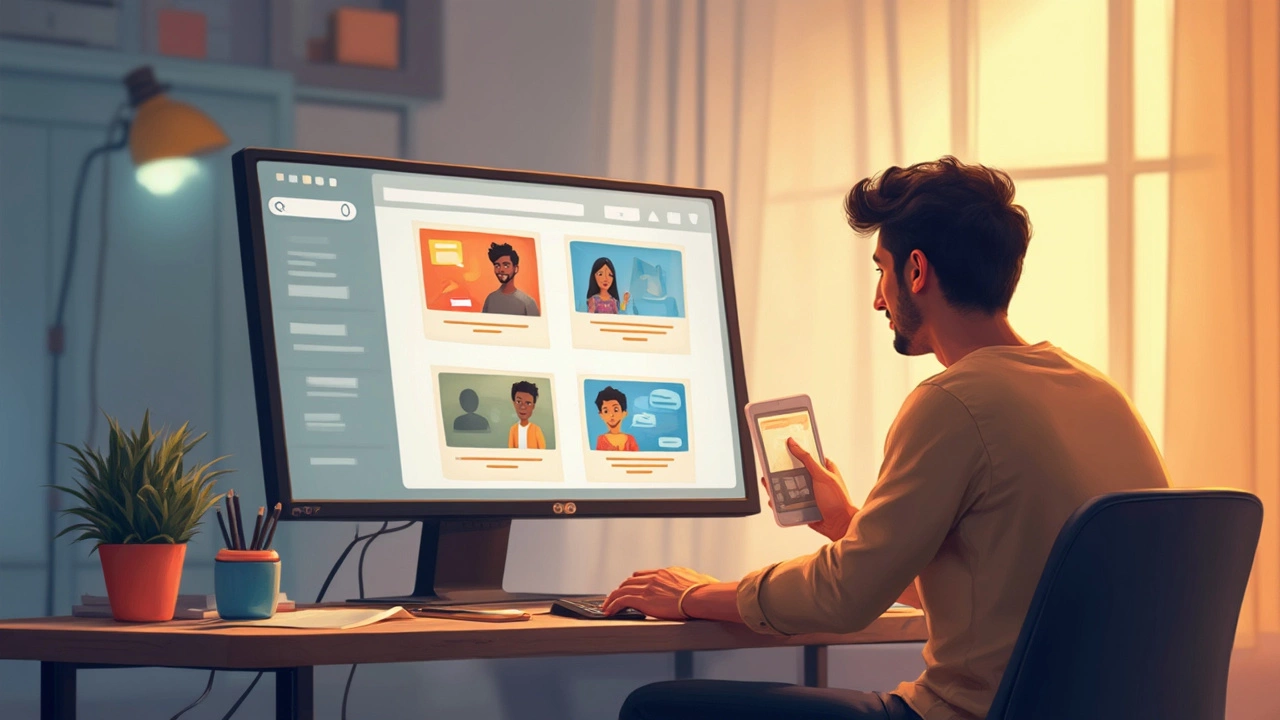Design Tips: Boost Your Website Look & Performance Quickly
Want a site that feels fresh and works like a charm? You don’t need a redesign marathon – a handful of smart design tips can instantly lift your pages. Below you’ll find easy‑to‑apply tricks that even a beginner can use today.
Simple Layout Tricks
First up, think about spacing. Too‑tight sections make a page feel cramped, while generous white space guides the eye and improves readability. Use a consistent margin of at least 20 px around text blocks and images. If you’re using a grid system, stick to a 12‑column layout – it keeps everything aligned without extra effort.
Next, prioritize the most important content above the fold. Visitors decide within seconds if they’ll stay, so place your headline, key image, and call‑to‑action at the top. A short, punchy sub‑headline right below the main title can clarify what the page offers and keep users scrolling.
Don’t forget navigation. A clear, sticky menu that stays visible while scrolling reduces bounce rates. Limit menu items to seven or fewer; extra links create decision fatigue. If you have many sections, consider a dropdown or a ‘hamburger’ icon on mobile.
Color and Typography Hacks
Colors set mood. Choose a primary brand color and one accent color for buttons and highlights. Use the 60‑30‑10 rule: 60% neutral background, 30% primary, 10% accent. This keeps the palette balanced and avoids visual overload.
When picking fonts, stick to two families – one for headings, one for body text. Sans‑serif fonts like Open Sans or Roboto read well on screens, while serif fonts add a touch of elegance for headings if that fits your brand. Keep line height around 1.5 em and font size at least 16 px for comfortable reading.
Contrast is king for accessibility. Ensure text stands out against the background – a contrast ratio of at least 4.5:1 passes most accessibility checks. Tools like WebAIM’s contrast checker let you test colors in seconds.
Finally, test your design on real devices. A layout that looks great on a desktop can break on a phone. Use responsive design principles: fluid grids, flexible images, and media queries that adjust breakpoints at 768 px and 1024 px. Quick tools like Chrome DevTools let you toggle device views without leaving the browser.
Implement these design tips one step at a time. Start with spacing, then polish navigation, and finish with color and typography tweaks. You’ll see lower bounce rates, higher engagement, and a site that feels professional without a massive redesign budget.
First Rule of Web Design: Keep It Simple
The first rule of web design isn't about flashy graphics or clever code—it's about keeping things simple. In this article, you'll learn why simplicity wins, how clutter kills conversions, and how to make your website work for real people. We break down practical tips and share some surprising pitfalls even pros often miss. Let's get real about what separates forgettable sites from winners.
About
Website Design
